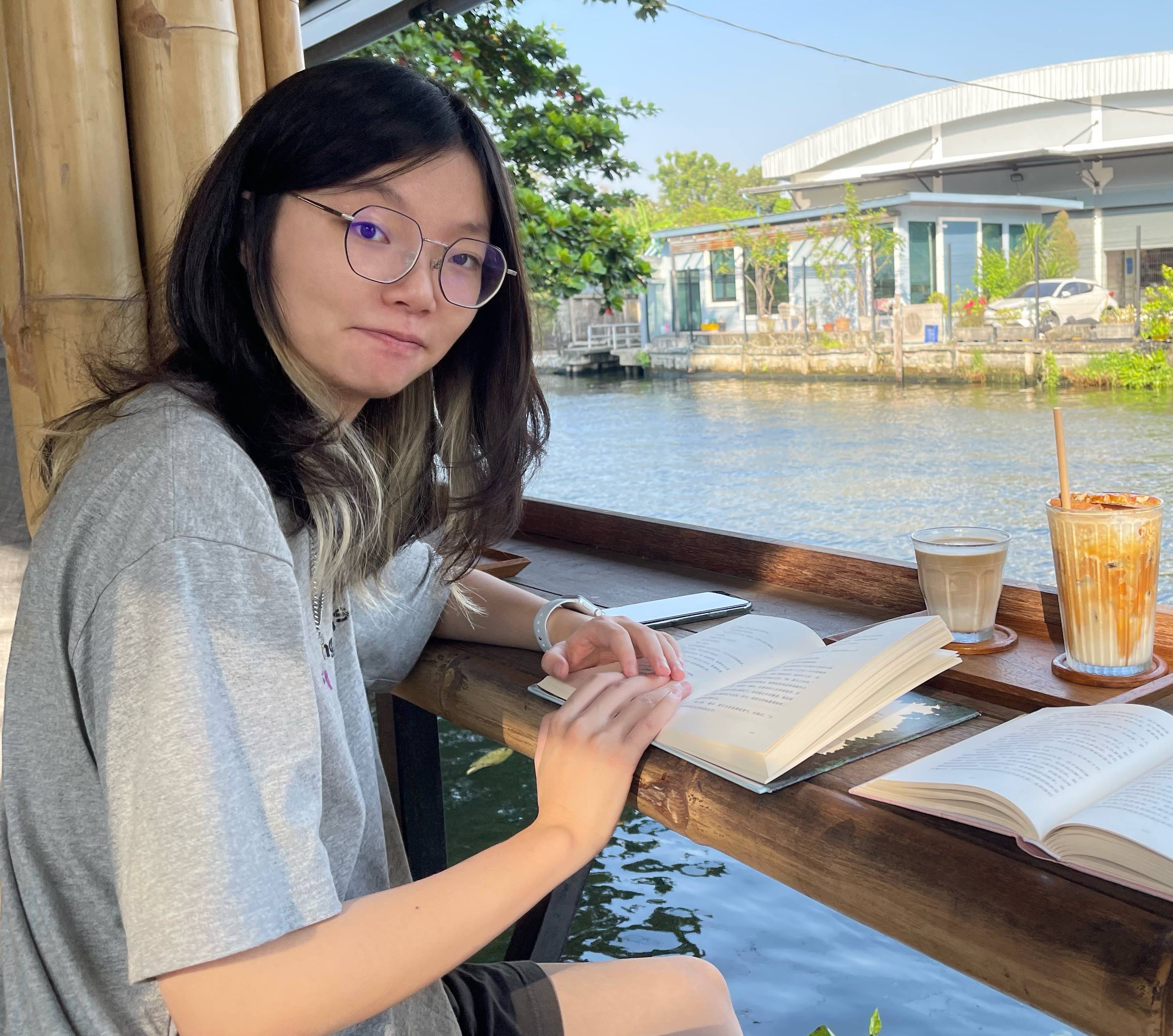About me
I am a Ph.D. candidate in Computer Science at the CVML Group of the National University of Singapore (NUS), working under the guidance of Prof. Angela Yao. My research focuses on the exciting challenge of 3D generation and editing.
I hold a Master of Computing degree from NUS, where I deepened my passion for exploring the intersection of AI and computer vision. Prior to this, I studied Information Management and Information Systems at the Beijing Institute of Technology, where I developed a strong foundation in technology and problem-solving.
I value collaboration and enjoy connecting with like-minded researchers to drive impactful projects forward.
News
- [04/2024] The [Code], [ArXiv] and [Website] for the paper InstructHumans: Editing Animatable 3D Human Textures with Instructions is just released. Have a look at the results! [👀]
- [07/2023] One paper about high-fidelity hand reconstruction [Code] [PDF] is accepted to GCPR 2023. We will travel to Heidelberg, Germany in September!
Publications

InstructHumans: Editing Animatable 3D Human Textures with Instructions
Jiayin Zhu, Linlin Yang, Angela Yao
ArXiv:2404.04037, 2024.

HiFiHR: Enhancing 3D Hand Reconstruction from a Single Image via High-Fidelity Texture
Jiayin Zhu, Zhuoran Zhao, Linlin Yang, Angela Yao
German Conference on Pattern Recognition (GCPR), 2023.

3D Magic Mirror: Clothing Reconstruction from a Single Image via a Causal Perspective
Zhedong Zheng, Jiayin Zhu, Wei Ji, Yi Yang, Tat-Seng Chua
ArXiv:2204.13096, 2022.
Services
- Teaching Asistant
- CS2100 Computer Organisation in Sem 1 AY2023/2024
- CS4243 Computer Vision and Pattern Recognition in Sem 2 AY2023/2024
- Reviewer: NeurIPS, ECCV, AAAI, ICLR, CVPR, ICML
Others
My Blog (I post and archive study notes here, and occasionally write other weird stuff.)
Hopefully, I would keep reading (reading list).
Rate my coding activity
0 think it's productive, 0 suggest more coding
